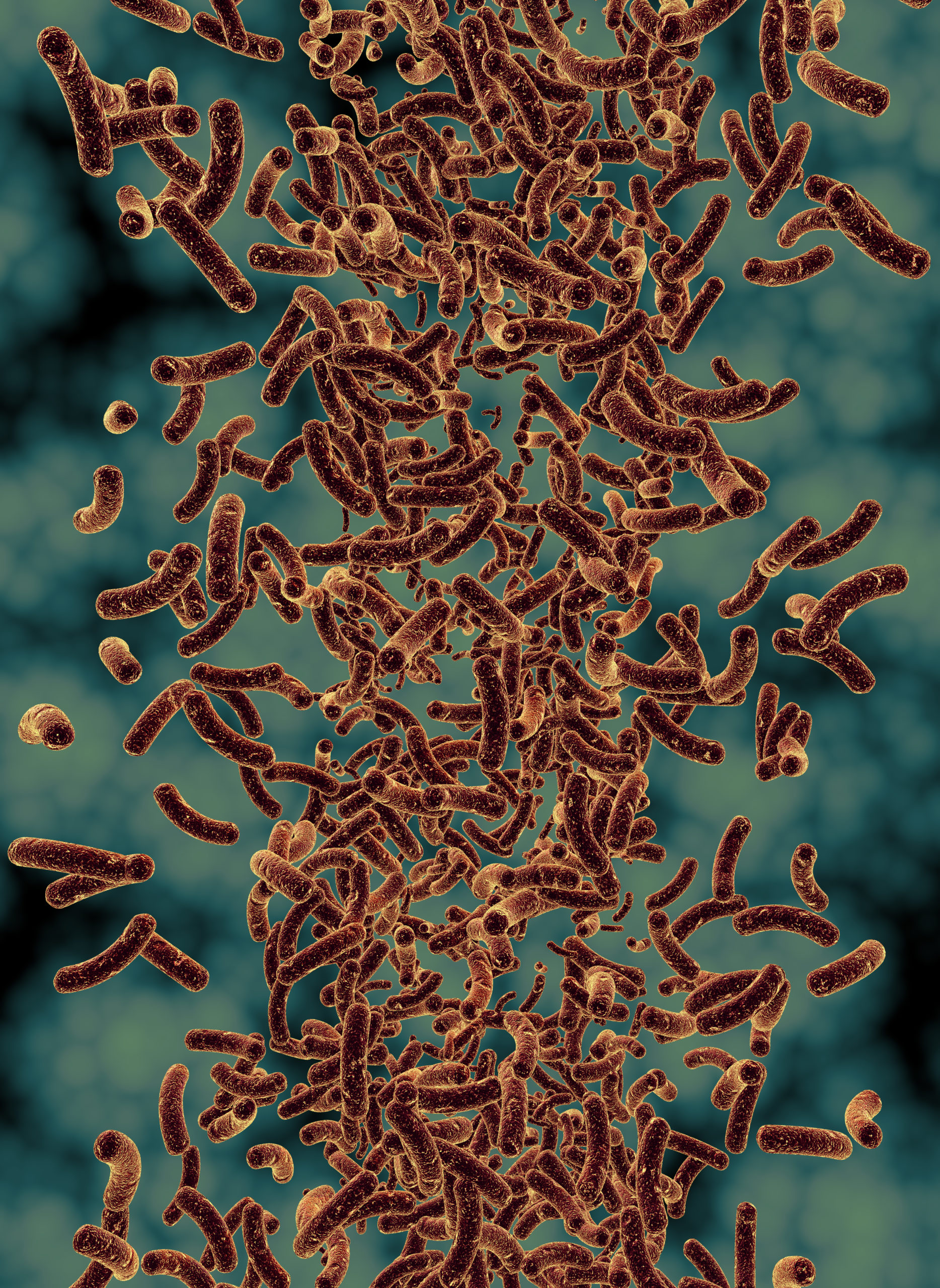LIMBO: Evaluating emerging AMR threats and future capacity for action in Norwegian livestock agriculture
The last 30 years have shown how quickly the picture of AMR in Norwegian agriculture can change.

Antibiotic use fell 44% since 1995 but this has not been enough to prevent the establishment of AMR bacteria in livestock herds through other pathways. Clinically significant AMR bacteria were detected in swine and poultry in 2013 resulting in costly eradication measures to manage this threat. What might the next 30 years hold? Food-borne pathogens are becoming increasingly resistant to last resort antibiotics. Climate change and environmental pollution will contribute to rising AMR and unleashing new pathogens. Whereas COVID-19 looks set to redefine the political and economic landscape in Norway, and globally. AMR presents a constant challenge, a struggle between changing biological, environmental, social, and economic systems, and the development of systems to prevent AMR. How can Norway best respond to these emergent AMR problems and others not yet anticipated? How might changing societal, economic, environmental, and political contexts impact on Norwegian agriculture and its ability to respond? The aim of LIMBO is to assist Norwegian authorities and stakeholders by anticipating and preparing for future AMR challenges. The project focuses on identifying and evaluating future risk drivers and developing plausible future scenarios to enable stakeholders to assess diverse future outcomes. These scenarios will facilitate long-term planning and strategy development. We evaluate these strategies through socio-economic modelling and survey methods to identify critical success factors for adoption.
Project details
Project number
6613
Project period
01/04/2021 - 30/03/2024
Collaboration partners
University of Nottingham, Norwegian Veterinary Institute, NTNU, Wageningen Economic Research
Financing
Norsvin Trøndelag, Norges Bondelag, Norsk Bonde- og Småbrukarlag, Norsk Landbruksrådgiving, Animalia As, Tine AS, Oi! Trøndersk Mat og Drikke AS
News
What do we do with resistant bacteria in agriculture?
The use of antibiotics in Norwegian agriculture has been cut by 44 per cent since 1995, but this has not…
Publications
- Article
2025
- Article
2024
Contact us
Would you like to get in touch with us?
Fill in the form below and we will answer you as soon as possible.







